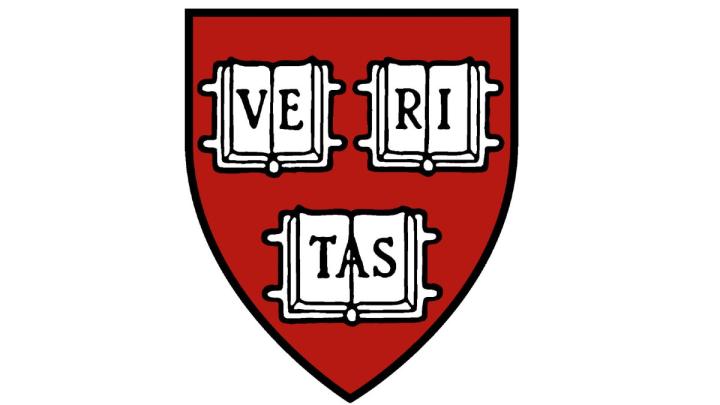Elite universities have been challenged to confront social justice, and particularly racism, on their campuses—a challenge that has been expressed, at Harvard and peer schools, by loud and frequently mocked student protests. The controversy over racist Halloween costumes at Yale last year spilled over at Harvard, where students expressed solidarity with Yale students and attempted to draw attention to racism at Harvard. For much of last semester, a group of law students calling themselves Reclaim Harvard Law School occupied the student lounge in Wasserstein Hall, renaming it Belinda Hall, after a slave owned by the family that endowed Harvard’s first law professorship. At the Medical School, the Racial Justice Coalition demanded that the administration increase the student body’s diversity. Earlier, in the spring of 2014, students created “I, Too, Am Harvard,” a campaign that addressed anti-black racism at the University.
As the College points out annually, it has achieved unprecedented racial diversity in admissions. The class of 2020 set records for both African Americans, who made up 14 percent of admitted students, and Asian Americans, who made up 22.1 percent. Latino students represented 12.7 percent of the admitted class, still slightly trailing their proportion in the United States. But Harvard and other colleges now are being pushed to recognize that creating a genuinely inclusive community is not simply a matter of admitting a more diverse student body.
Now, the issue becomes one of creating a culture where students feel genuinely respected by their peers and free to take advantage of Harvard’s opportunities. President Drew Faust has sounded this theme repeatedly at Morning Prayers, deans have commissioned task forces, and so on. All freshmen participate in Community Conversations, a discussion about diversity, during their Harvard orientation. But critics, including some of Harvard’s own evaluations, argue that the programs aren’t accomplishing enough: last year, for example, the College announced the results of a report by the Working Group on Diversity and Inclusion that found that Community Conversations doesn’t extend the conversation about diversity beyond the first week of freshman year. The report recommended other changes to the undergraduate experience from the academic—by calling on departments to consider how their methods of inquiry or lack of diversity may exclude some groups—to the extracurricular and residential.
Yesterday, Faust announced the appointment of another, University-wide task force, to ask these questions in a way that spans the entire institution. The Presidential Task Force on Inclusion and Belonging will be co-chaired by professor of government and of education Danielle Allen; Ford Foundation professor of democracy and citizenship Archon Fung; and vice president for campus services Meredith Weenick; and will include more than 40 other professors, students, and staff members from across Harvard’s schools. It will aim to unify diversity and inclusion priorities across the University, as Faust wrote in a message announcing the task force:
Over the past several months, Harvard’s schools have undertaken a range of inquiries and initiatives designed to make this a more open and inclusive campus, an effort made more urgent by the searing experiences of marginalization and discrimination described in the broader society and by members of our community. Since so many critical decisions and policies—on issues from academic priorities and recruitments to student services—are determined at the school level, this focus has already produced important outcomes. But the promise of Harvard University, its inspiring culture of excellence and its most salient opportunities, rests beyond any individual School—in foundational institutional values and in what we contribute to and learn from one another, with each of us and all our endeavors enlarged and expanded by what we share.
The task force will study four main areas: the demographic makeup of faculty, students, and staff; University culture and the experiences of members of the Harvard community; academic research on diversity and inclusion; and the effectiveness of Harvard’s various diversity offices and initiatives.
“Ultimately, the work of the task force is about promise and opportunity: making sure that Harvard continues to attract the most talented people from all walks of life and creates an environment where we can be our best selves,” Faust wrote. “This work will never be complete, nor does it belong to the task force alone, but the University will benefit from the sustained focus of a dedicated group that will help us continue to make progress on the path from diversity to belonging.”
That distinction, between diversity and belonging, is what students have attempted to surface in their critiques of Harvard. At the College level, Harvard has assembled its most diverse student body ever, with racial demographics similar to those of the nation (this is not true among faculty, or graduate students in the Faculty of Arts and Sciences, where the University still struggles to recruit women and minorities). Yet students still report feeling marginalized by their peers and unsupported by Harvard’s resources. Despite its efforts, the University appears to speak a different language from the activists who raise the issues. The latter stress the discourse on race and justice in their messaging rather than words like “diversity,” which may be viewed as sanitizing the concerns of marginalized groups; Faust embraces the principle of diversity, and extends it beyond marginalized identities to “life experiences, perspectives, beliefs, and values”—a view quite different from, and perhaps in conflict with, the vision of social justice activists.
Archon Fung, in an interview with the Harvard Gazette, stressed that “President Faust’s charge [to the task force] had a very broad conception of diversity that includes not just race and class and gender but also different levels of physical ability, religion, different ideologies, and political views.” He continued, “We know from faculty and student discussion that conservatives in the classroom and outside, in co-curricular and extracurricular activities, find it challenging to express their views and be heard and taken seriously and respected.” In that respect, the task force faces the formidable challenge of satisfying the demands of both students concerned with social justice and of those who feel alienated by the zeitgeist of the left.









